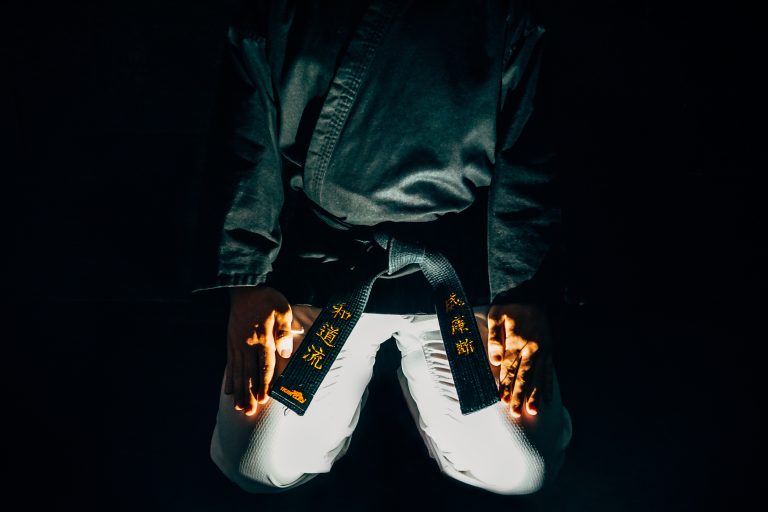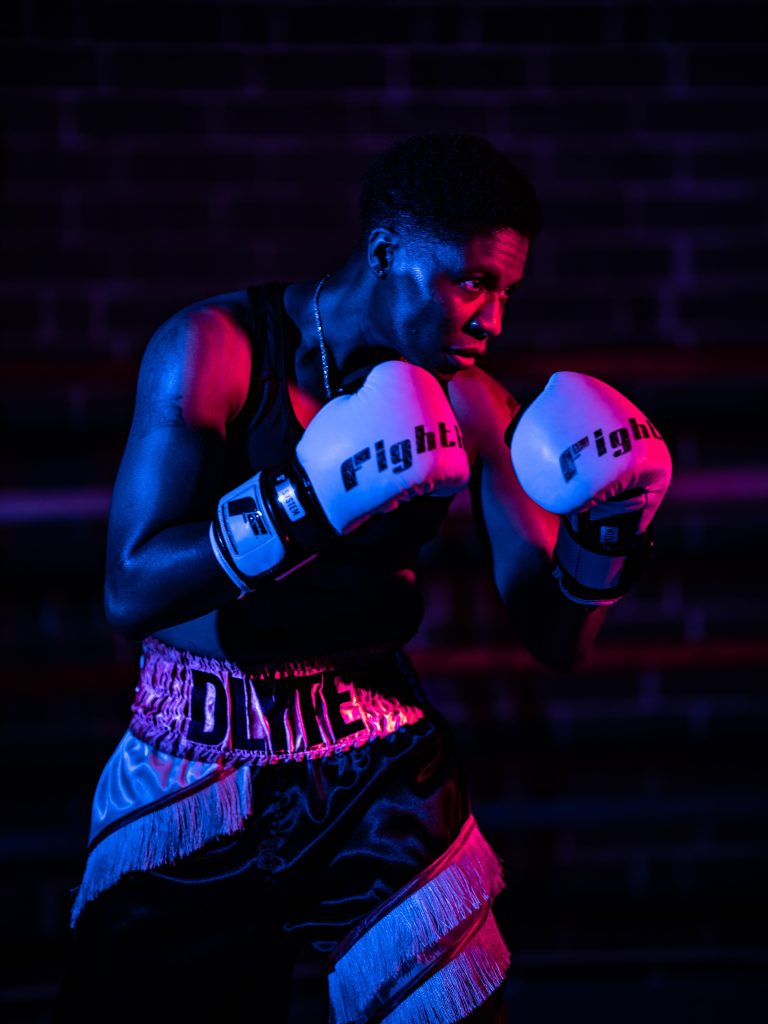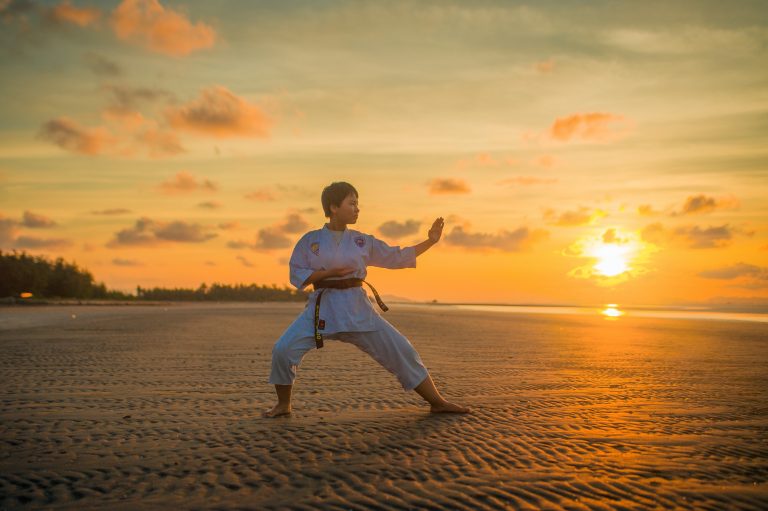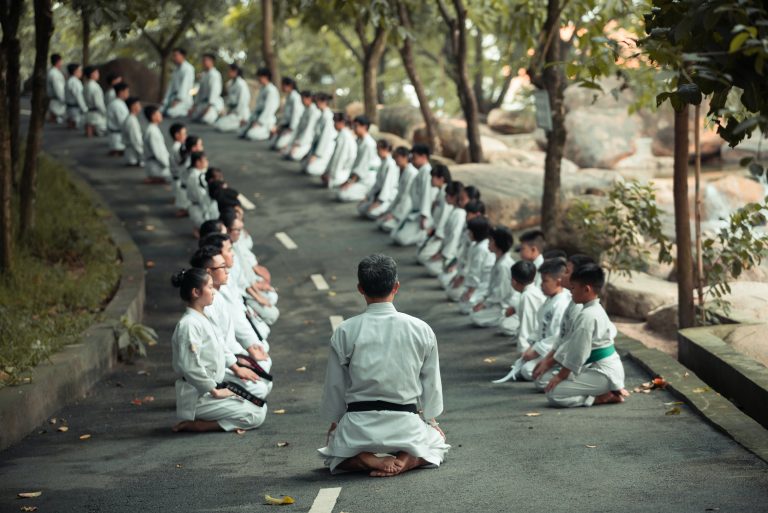Karate for children: differences between traditional and sports karate?
Karate is a martial art that has been around for centuries. It is an excellent form of exercise for both adults and children. Karate is a combative sport that focuses on strikes, kicks, and defensive techniques. However, there are two types of karate that your child can undertake: traditional and sports karate.
Traditional Karate
Traditional karate, also known as classical karate, is more of a lifestyle rather than just a sport. It is also more focused on self-defense rather than winning competitions. Children involved in traditional karate learn the art of self-discipline, respect, and self-control. Traditional karate is also very holistic, so it focuses on the development of the body, mind, and spirit. In traditional karate, children are taught to use their techniques only when necessary and as a last resort. They also learn about karate’s philosophy and history, which makes them more appreciative of the culture surrounding it.
Sports Karate
Sports karate is a form of karate that is more focused on winning competitions. It tends to be fast-paced with less focus on self-defense techniques. Children who are involved in sports karate are trained to develop their speed, agility, and coordination to help them become better fighters. In competitions, they score points by landing strikes and kicks on their opponents. Unlike traditional karate, there is less emphasis on the history and philosophy of the sport in sports karate.
Differences between Traditional and Sports Karate
The significant difference between traditional and sports karate is the focus. Traditional karate is more focused on developing the body, mind, and spirit of the individual. On the other hand, sports karate is more focused on winning competitions. Another difference is the types of techniques taught in each form of karate. While both types teach strikes, kicks, and defensive techniques, traditional karate places more emphasis on these techniques as a means of self-defense, while sports karate emphasizes techniques for competition.
Which One to Choose for Your Child?
Choosing between traditional and sports karate for your child can be a daunting task. However, it depends on what you want to achieve from your child’s participation in karate. If your goal is to help your child build discipline, respect, and self-control, then traditional karate is the way to go. On the other hand, if your child has an interest in competing and winning competitions, then sports karate would be a better option.
Conclusion
Karate is an excellent sport that can help children develop their physical and mental abilities. Both traditional karate and sports karate have their respective advantages and disadvantages. While choosing between the two, it is important to consider what you want to achieve from your child’s participation in karate. Regardless of the path chosen, karate can provide invaluable experiences that can help children grow into well-rounded individuals.
Karate for Children: Differences between Traditional and Sports Karate?
Karate is a martial art that involves many physical and mental benefits for children. It teaches self-discipline, respect, confidence, and self-defense skills. Children who practice karate often develop a sense of responsibility and discipline that helps them in many facets of life. However, many parents are frequently confused with the different forms of karate and often ask what the differences are between traditional and sports karate. In this blog post, we will explore the similarities and differences between traditional and sports karate for children.
Traditional Karate for Children
Traditional karate is based on the traditional teachings and philosophies of martial arts. It’s often focused on the development of the mind, body, and spirit. The teachings of traditional karate revolve around respect, discipline, honor, and self-control. Traditional karate training for children is a holistic approach that focuses on individual character development.
Traditional karate for children follows a strict and formal training regimen that involves the learning of different katas or forms. Katas are prearranged techniques that are performed in a particular order that involves movements like punches, strikes, and kicks. The katas are an essential component of traditional karate and enhance discipline, balance, coordination, and focus.
In traditional karate, children are also taught the ethical and philosophical aspects of martial arts, such as the importance of respect, dignity, and humility. There is a strong emphasis on physical and mental conditioning, which includes flexibility training, strength, and endurance.
Sports Karate for Children
Sports karate, also known as competitive karate, is often focused on training for sports competitions. Sports karate is a modern phenomenon that has evolved from traditional karate. It involves the use of protective gear and is often judged based on the effectiveness of the techniques used.
Sports karate for children is more about competition and winning than developing individual character traits. Unlike traditional karate, sports karate allows for more flexibility in the rules and techniques allowed in the competition. The focus is more on technique and speed rather than form and discipline.
In sports karate, children are trained to win competitions by learning specific techniques and skills that can help them score points in competitions. The techniques involved in sports karate include punches, strikes, kicks, and grappling.
The similarities between Traditional and Sports Karate for children
Both traditional and sports karate have many similarities when it comes to teaching martial arts to children. Both types of karate involve teaching basic martial arts techniques such as punches, strikes, and kicks. Children who practice both forms of karate are taught discipline, respect, cooperation, and self-defense.
The physical benefits of traditional and sports karate are the same, which include improving overall health and fitness levels such as coordination, balance, strength, flexibility, and endurance. Both traditional and sports karate are excellent for children who need to build self-esteem, confidence, respect for others, self-discipline, and mental focus.
The differences between Traditional and Sports Karate for children
The primary difference between traditional and sports karate for children is the focus of training. Traditional karate is more focused on the development of character through discipline and self-control. Sports karate is more focused on winning competitions and learning techniques to score points.
The techniques involved in traditional karate emphasize basic movements with deep stances, heavy punches, and strong strikes. On the other hand, sports karate techniques are more focused on speed and agility with less emphasis on strength.
The training approaches for both traditional and sports karate differ significantly. Traditional karate follows a strict and formal training regimen that requires repetition of katas until they’re performed perfectly. Sports karate has a more relaxed training regimen, and children are often encouraged to experiment and learn new techniques.
What’s the Best Option for Your Child?
Choosing between traditional and sports karate for your child is a personal decision. Both forms of karate offer immense benefits to children. If you’re looking for a program that focuses on character development, traditional karate could be the best option. If you’re interested in a program that teaches techniques for sports competitions, sports karate could be the best option.
It’s important to understand that both traditional and sports karate require a certain level of commitment and focus. It’s essential to choose a program that your child enjoys, whether it’s traditional or sports karate.
Conclusion
In conclusion, traditional and sports karate for children may have some differences, but they share many similarities. Both forms of karate offer unique benefits for children, including self-discipline, self-esteem, confidence, and self-defense skills.
Ultimately, it’s up to you as a parent to choose which form of karate suits your child’s needs and preferences. Whatever the choice, make sure that it will promote physical and mental development and ensure that your child enjoys it.
Inhaltsverzeichnis





